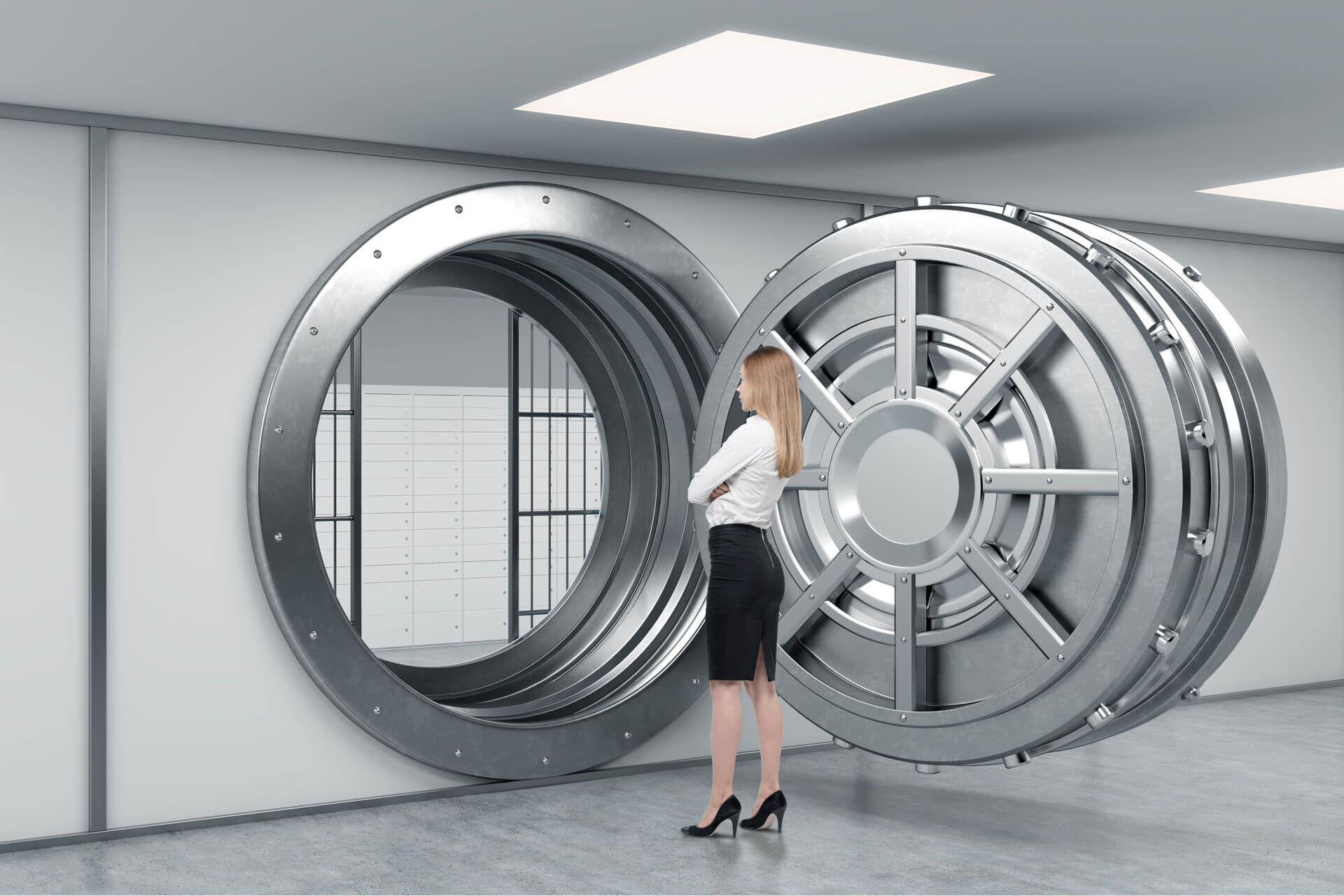
In the realm of business, strategic decisions play a pivotal role in shaping the future trajectory of a company. One such critical decision that entrepreneurs often grapple with is capital investment. What exactly is capital investment, and what components should be considered when embarking on this crucial journey?
Defining Capital Investment
At its core, capital investment refers to the allocation of resources towards assets with the expectation of generating returns over an extended period. These assets can range from tangible assets like machinery and real estate to intangible assets such as patents and software. The ultimate goal of capital investment is to enhance the company's overall value and facilitate growth.
Key Components of Business Investment
Tangible Assets
Machinery and Equipment: Investing in state-of-the-art machinery can significantly boost operational efficiency, reduce production costs, and enhance product quality.
Real Estate: Acquiring property for production facilities, warehouses, or offices is a common capital investment to provide a solid foundation for business operations.
Intangible Assets: Intellectual Property: Securing patents, trademarks, or copyrights can create a competitive edge, safeguarding your unique ideas and products from competitors.
Software and Technology: In the digital age, investing in cutting-edge technology and software solutions is crucial for staying competitive and streamlining business processes.
Human Capital
Training and Development: Investing in your workforce through training programs can lead to a more skilled and motivated team, ultimately driving innovation and productivity.
Recruitment: Attracting top talent requires an investment in recruitment efforts, ensuring that your business has the right people in key positions.
Marketing and Branding
Advertising Campaigns: Allocating funds for strategic advertising campaigns can elevate brand visibility, attract customers, and foster long-term brand loyalty.
Brand Development: Creating a strong brand identity through design, messaging, and customer experience is an essential but often overlooked aspect of capital investment.
Research and Development
Innovation: Allocating resources for research and development allows businesses to stay ahead of market trends, innovate products, and maintain a competitive edge.
Prototyping and Testing: Thoroughly testing and prototyping products before market launch can prevent costly setbacks and enhance the likelihood of success.
Choosing to invest in income-generating assets allows you to break free from the shackles of a limited income, opening doors to a world of possibilities.
Considerations for Successful Capital Investment
-
Risk Management: Every investment carries inherent risks. A comprehensive risk management strategy is crucial to identify, assess, and mitigate potential challenges.
-
Return on Investment (ROI): Calculating the expected ROI helps in evaluating the profitability of an investment. A thorough analysis ensures that the chosen investments align with the company's financial goals.
-
Long-Term Planning: Capital investment is a long-term commitment. Businesses must consider how their chosen investments align with their overall strategic objectives and future growth plans.
Capital investment is the lifeblood of business growth and sustainability. By strategically allocating resources across tangible and intangible assets, human capital, marketing efforts, and research and development, entrepreneurs can pave the way for a prosperous and resilient future. Making informed decisions in capital investment is not just about allocating funds; it's about securing the foundation for a thriving and competitive business in the years to come.



